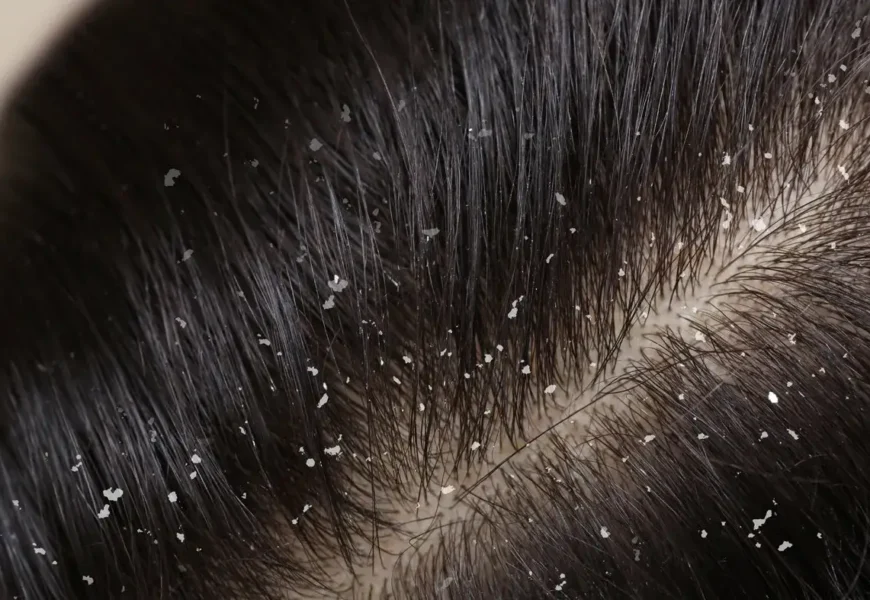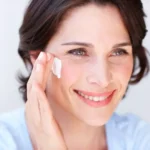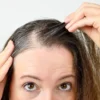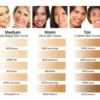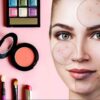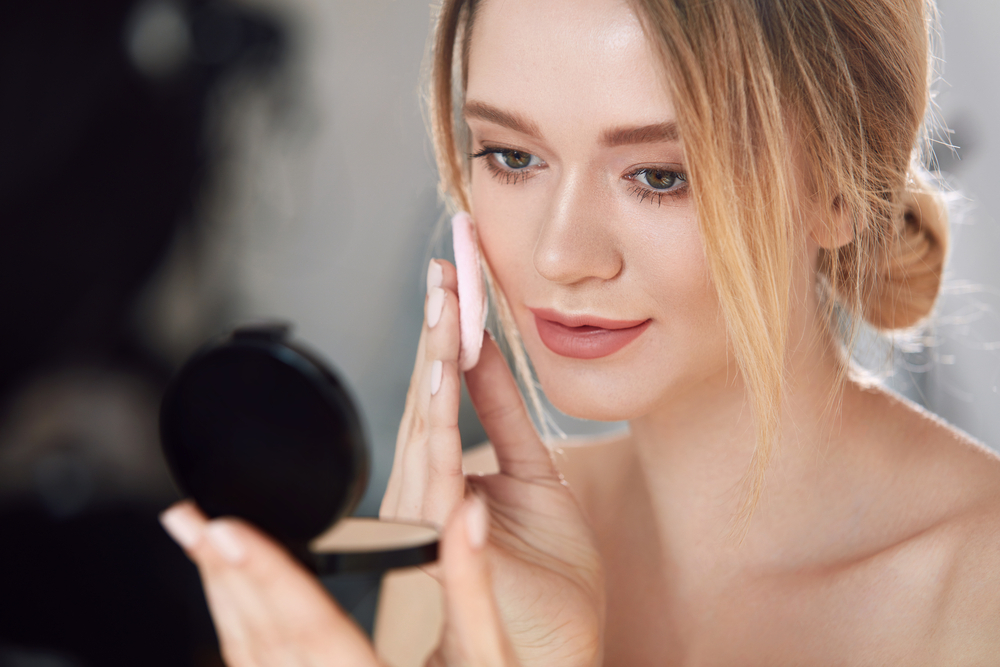Dandruff and hair loss constitute typical scalp issues that cause pain and visual issues to individuals across the world. In contrast to hair loss, which is defined by the thinning or loss of the hair follicles, dandruff shows as flaky, itchy head skin. Searches for effective natural treatments are prompted by the possible effects of both diseases on self-esteem and general health.
Understanding the Causes of Dandruff and Hair Loss
Factors that cause dandruff
many causes, such as fungi, dry skin, a high level of oil, sensitivity to hair care items, and insufficient personal hygiene can result in dandruff. These chemicals disturb the equilibrium of the hair follicles, which can result in a high level of fungi that survive on germs and cause signs such as cracking and itching. It is essential to understand these elements to develop treatment and preventive strategies that are effective.
Factors that Cause Hair Loss
Many things, such as genetics, hormone changes, diet inadequacies, stress, specific medical disorders, and external factors might affect hair loss. While hormone issues, including testosterone, or DHT, stages, ranging may additionally lead to a decrease of hair follicles, regular loss is mainly genetically determined. External leads such as pollution, harsh hair care products, improper diet, and stress can also lead to hair loss. You must comprehend these variables to control hair loss.
Identifying the Symptoms of Dandruff and Hair Loss
Dandruff Symptoms
White or yellow particles in the hair and on the head, together with sporadic redness or irritation, are signs of dandruff. If therapy fails to occur, oily or greasy hair may worsen the loss of hair as well as cause it.
Signs of Hair Loss
Signs of hair loss include areas of baldness on the head, retreating lines of hair, clear loss of hair, heavy shedding, and reduced hair thickness. People may also notice that there may be more hair than normal on their cushions, in their bathroom loss, or on brushes for hair.
Natural Dandruff Treatment
Natural Remedies for Dandruff
Tea tree oil treatment
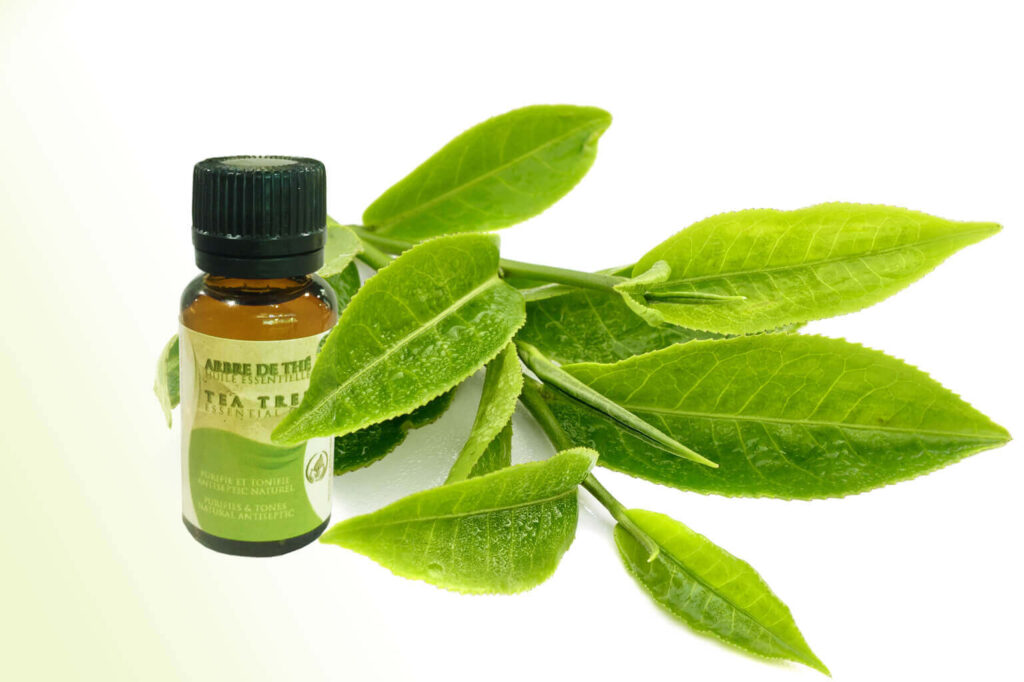
Ingredients:
1. Tea tree oil
2 Carrier oil (like olive or coconut oil)
Method:
1 Add two to three drops of tea tree oil.
2 Massage the paste into your head using your fingertips.
3 Leave it to move around throughout the night or for a minimum of thirty minutes.
4 Give your hair an appropriate shampoo and deep rinse.
5 For optimal effects, continue the treatment up to three times per week.
Using Apple Cider Vinegar for Cleaning
The acidity of apple cider vinegar reduces scalp irritation without chemicals and stimulates healthy hair growth by restoring the pH imbalance of the hair to its healthy condition. Use a solution of one part apple cider vinegar for every part water, rub the mixture into the scalp after washing it out, allow it to rest for a short while, and then give it an entire shower of shampoo for the best impact.
Lemon Juice’s Natural Exfoliating Action
Lemon juice includes lactic acid, which acts as an organic exfoliator to help rid dead cells while decreasing dandruff and hair loss. Give your hair a thorough water rinse after rubbing it gently with newly squeezed lemon juice and allowing it to dry for five to ten minutes. Use a moisturizing wash first before adding lemon juice since it can be dry.
DIY Hair Masks for Dandruff
Yogurt and lemon Mask
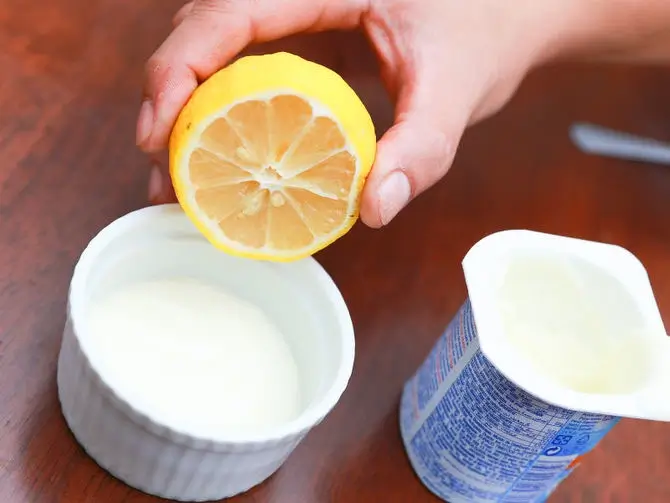
Ingredients:
1. 2 tablespoons of plain yogurt
2. 1 tablespoon of lemon juice
Method:
- In a bowl, fully mix the yogurt and the juice of the lemon.
2. Rub the mixture into your hair and scalp, giving especially close attention to dandruff- or hairline-loss-affected areas.
3. After 30 minutes, take off the mask.
4. Use warm water to properly wash your hair.
5. Always wash and dry your hair.
6. For optimal impact, use the mask at least once per week.
Coconut oil and Honey Mask
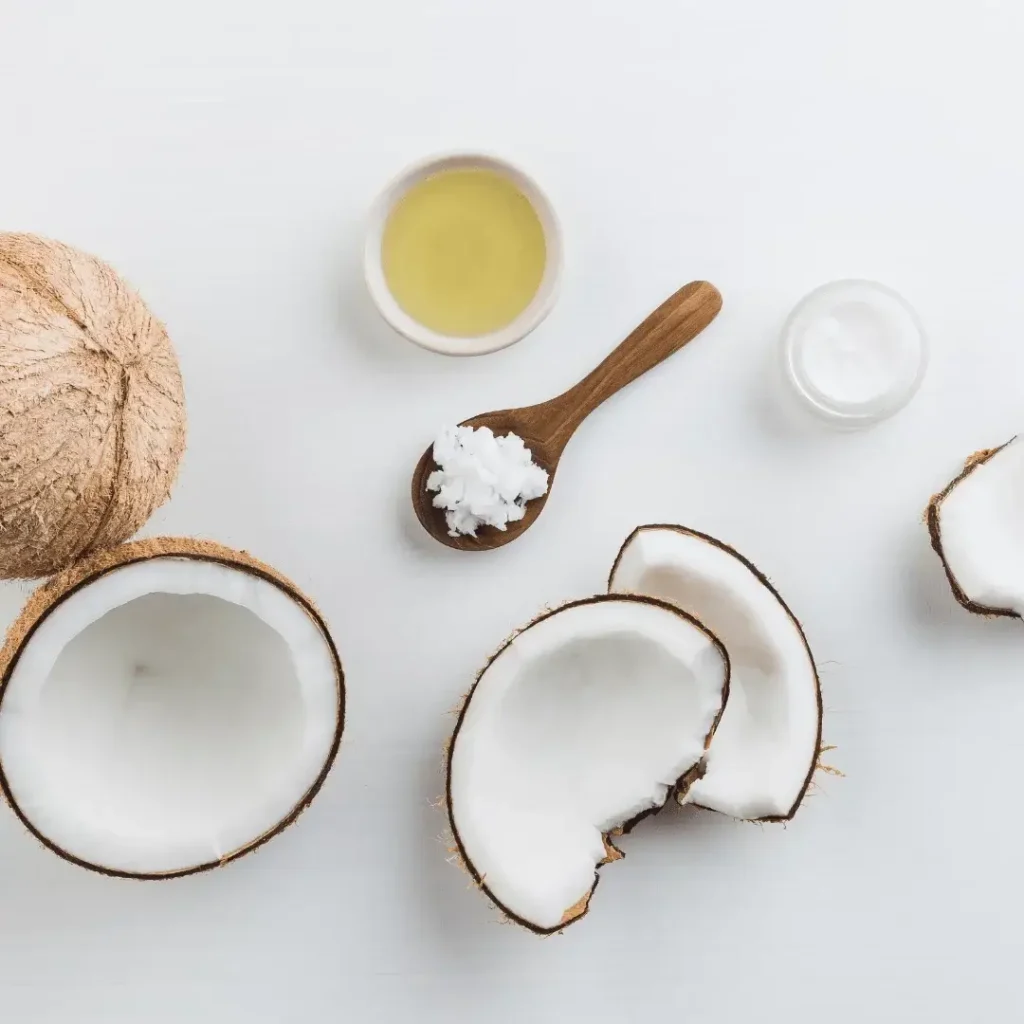
Ingredients:
1. 2 tablespoons of coconut oil
2. 1 tablespoon of honey
Method:
1. In a container, mix the honey and olive oil; mix until a smooth mixture grows.
2. Apply the paste to the hair and scalp, paying particular attention to the scalp’s roots and any parts that are at risk for flaking or hair loss.
3. To ensure proper distribution, gently massage the mask into your head for a few minutes.
4. To enable the parts to reach the scalp and hair follicles, leave the hair mask on for a minimum of 30 minutes.
5. Use warm water to fully wash out your hair.
6. As a regular, shampoo and dry the hair you have.
7. For best effects, repeat this therapy once or twice a week.
Neem Leaf Paste
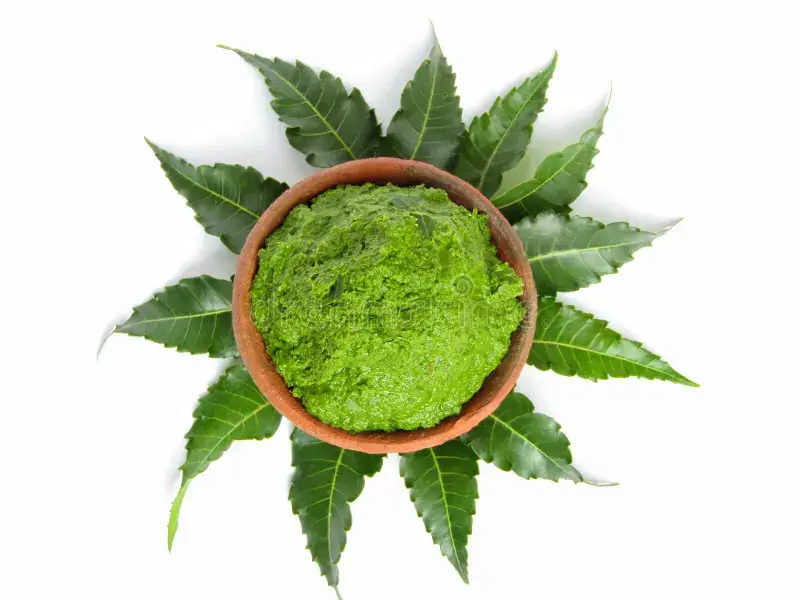
To create a neem leaf paste for combating dandruff and hair loss, follow these steps:
Ingredients:
1. Neem leaves (a handful)
2. Water
Method:
1. To get clear of any dirt or waste, thoroughly wash your neem leaves.
2. Fill a mortar and pestle or blender with the neem leaves.
3. To make mixing easier, add just a little water.
4. The puree the neem leaves into a paste by blending or mixing them. If more water is necessary to get an appropriate regularity, add it.
5. Apply the mixture straight to your scalp and hair, giving extra attention to the regions where you have loss of hair or dandruff.
6. To make sure that the neem paste’s health benefits take impact, keep it on for approximately thirty minutes.
7. Use warm water to fully wash your locks.
8. As a regular, wash and dry the locks.
9. For best results, use the procedure a few times a week.
Understanding Hair Loss Causes
Genetic Factors
Both dandruff and hair loss are greatly impacted by genetic factors. Even if someone maintains proper sanitation and takes care of themselves, they may be predisposed to various problems due to family history. To properly address these issues, it can be useful to know one’s genetic predispositions to modify therapy techniques and control aspirations.
Hormonal Changes
Changes in hormones that could lead to dandruff and hair loss involve those that happen during teenage years, pregnancy, or menopause. Uneven hormones can cause a rise in peeling or problems with the scalp by affecting the production of oil and the growth phases of the scalp. It may be helpful to reduce these signs by controlling changes in hormones by changing your diet or medication.
Scalp Conditions
Various hair diseases, such as seborrheic Dermatitis, tinea infections infections capitis, and the illness itself, may lead to dandruff as well as hair loss. Because these conditions affect the well-being of hair follicles and create irritation, itching, and removal from the scalp, they result in major hair loss. Treating the root cause of the scalp disease is essential for healing dandruff and avoiding more hair loss.
Natural Remedies for Hair Loss
Onion Juice Treatment
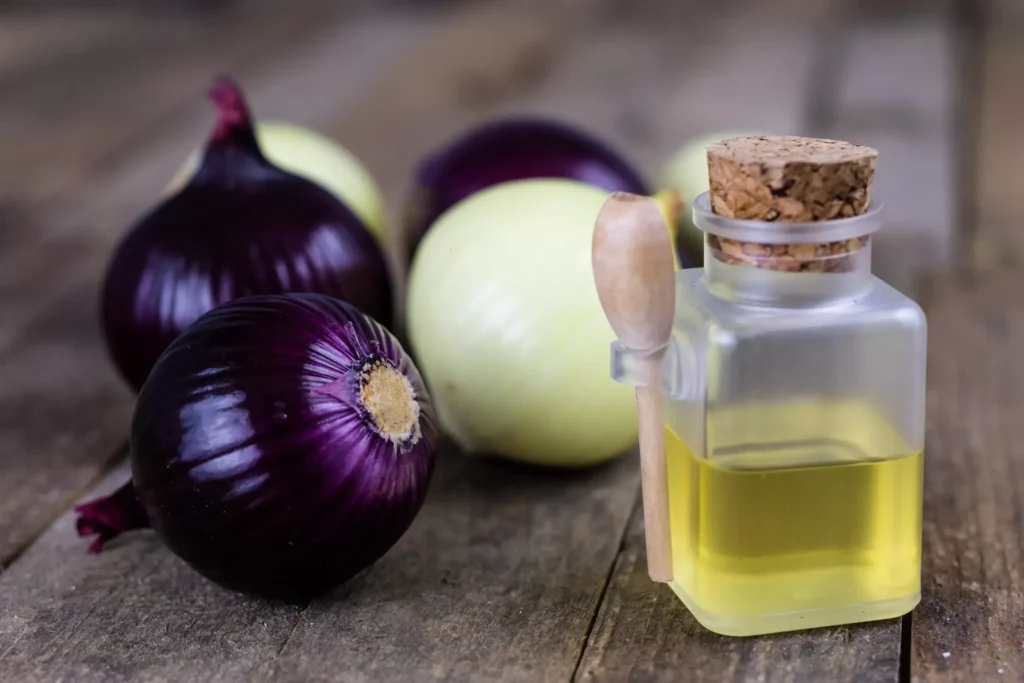
After applying freshly squeezed onion juice to the head, use a gentle shampoo and let it stay for around half an hour. Sulfuric acid, which is prevalent in onion juice, activates the producing follicles, promotes blood flow to the scalp, and stimulates hair growth.
DIY Hair Masks for Hair Loss
Egg and Olive Oil Mask
Mix two or three eggs in a container with a teaspoon of olive oil. Stir until well mixed for an egg and olives oil mask. In particular, work the mixture into the ends and roots of your hair. After letting it sit for around half an hour, shampoo and condition it as normal. Hair may be improved and flaking can be reduced with the help of the amino acids found in eggs and the healthy properties of oil from olives.
Henna and yogurt Mask
Henna powder and plain yogurt should be mixed into an even paste for use in a mehndi and yogurt mask. Carefully coat your scalp and hair with the mixture as you apply it. After leaving it to rest for one to two hours, give it a thorough water rinse. This mask could decrease dandruff while promoting healthy hair growth.
Lifestyle Changes for Hair Loss Prevention
Avoiding Tight Hairstyles
Avoid clear-tight haircuts if you want Dandruff and hair loss. Hair cell pressure from tighter haircuts, such as braided or ponytails, can result in tearing and ultimately hair loss. To ensure healthy hair growth, select softer haircuts or designs that don’t strain the scalp.
Proper Hair Care Routine
An excellent hair care routine is required to manage both scalp conditions and hair loss. In addition to regularly shampooing the head with light shampoo and conditioner to keep it hydrated, particular treatments such as those for anti-dandruff or hair growth are utilized. Effective results require persistence and the use of products suitable for the hair type.
Conclusion
In conclusion, controlling dandruff and hair loss naturally at home calls for an extensive plan involving changes in lifestyle, specific treatments, and good cleanliness. These problems can be solved and healthier hair and scalp are promoted through the combination of natural treatments like oil of tea tree, vinegar made from apple cider, and scalp massages with a nutritious diet and mild hair care routines.

